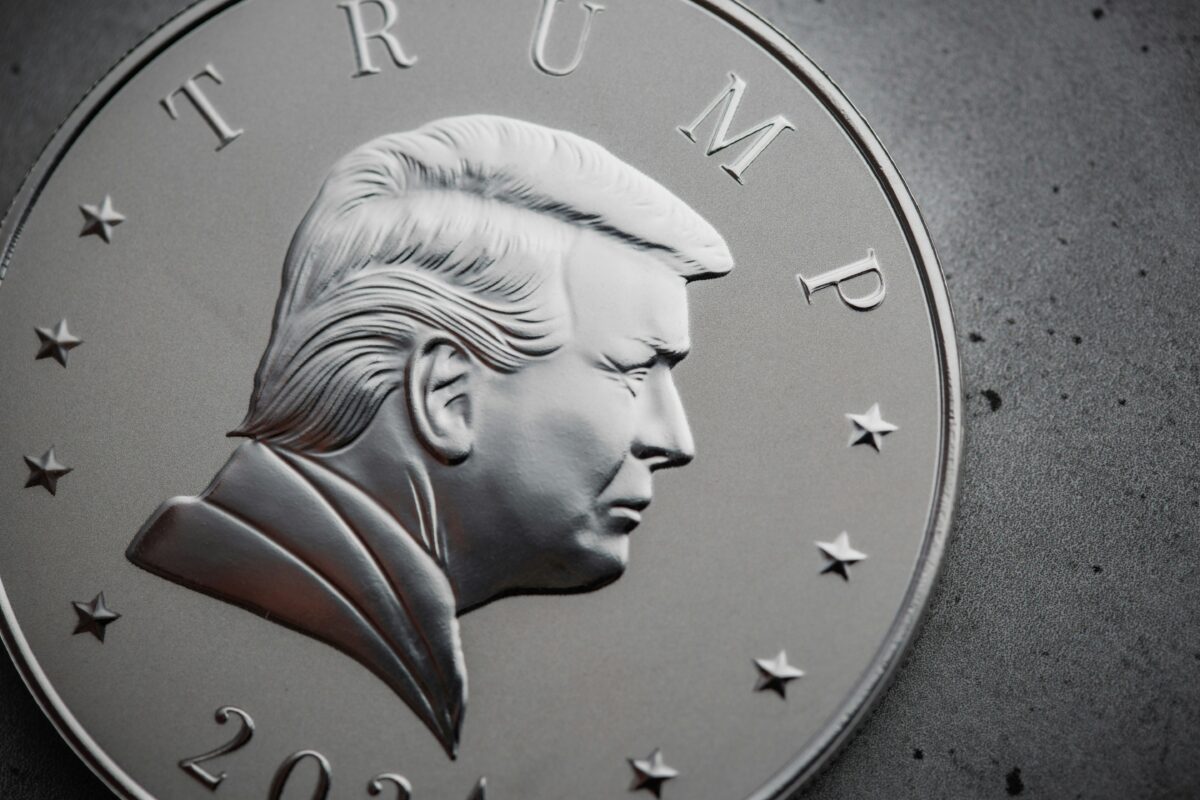With the two candidates – Harris and Trump running almost neck and neck ahead of tomorrow’s US presidential election, Ritu Vohora, capital markets specialist at T. Rowe Price, has been sharing her insight into some of the broader issues for wealth managers to consider – including the significant matter of who will control Congress.
All eyes have been on the Fed so far this year, but now that the rate-cutting cycle has begun, attention has moved onto the race for the White House. With the presidential election taking place tomorrow, it’s an incredibly close race (the closest in over 60 years) and the outcome remains uncertain.
How important is the US election for global markets?
And what should investors be focusing on? While attention is on who will win the presidential race, what really matters is who controls Congress – both the Senate and House of Representatives. That will determine what policy goals can actually be achieved.
The Democrats have just a two-vote lead in the Senate, and its likely this will move to the Republicans. The House is the opposite, where Republicans hold a modest lead, but with the entire House up for re-election this year – the maths works in favor of the Democrats. If this outcome prevails, a divided government will limit the amount of legislative reform that can be passed.
Our analysis of correlations between the US election and markets going back to 1927 (albeit a small sample size with only 24 elections) showed varying degrees of correlation. Fifty percent of elections overlapped with a recession. We need to mindful of the prevailing economic conditions. Rather than trading on election noise, it’s far more important to focus on the macro-economic environment and fundamentals.
The US economy looks healthy – growth is slowing but resilient, progress has been made on inflation, the Fed has started cutting rates and consumer and corporate balance sheets are in good shape.
However, election uncertainty and anxiety has fed through to business and consumer confidence. Not just in the US, but also in countries that are worried about the prospect of higher tariffs such as Europe, in particular Germany. Our meetings with ECB officials highlighted this as a key concern for growth – with investments being delayed and projects being pushed out.
Increased volatility
The consequence has been a pickup in volatility with investors looking for safety in more defensive areas of the market.
Both candidates have divergent policy agendas – however rhetoric doesn’t always turn into reality. An area of commonality is the deficit. The deficit is expected to grow to 7% by the end of 2024. That’s equivalent to the size of the Australian economy. Looking at 80 years of history, it’s twice the average and the highest outside of a recession. What’s more alarming, is 2% of GDP is spent on net interest expense. That’s an all-time high and greater than what is spent on national defense.
The challenge for whoever steps into the White House is not only have interest costs gone up with higher rates, but national debt has also been ballooning. They can’t control the rate – that’s determined by the Fed (and any market premium). This does not bode well for debt sustainability.
The rise of populist politics has meant that most new legislation passed by Congress has either lowered taxes or increased spending – hence the fiscal deficit has been steadily growing. Now is not the time for austerity though and neither candidate’s proposed policies would change the trajectory.
Why does this matter?
A growing deficit means the government needs to issue a ton of bonds. This has implications for rates markets, with potentially higher long-term yields. The budget, however, needs approval in Congress. A divided government would make it harder to pass large fiscal packages and, on the margin, may be a more positive outcome.
With the expiry of Trump’s signature legislation TCJA (Tax Cuts and Job Act) at the end of 2025, the candidates face a fiscal cliff. The Republicans would like to extend as much of the tax cuts which could cost $4 trillion over the next 10 years and Trump has talked about off-setting this through import tariffs and roll-back of IRA tax provisions. The Democrats would preserve some tax cuts, with a re-distribution of wealth. However, the IRA remains a priority for Harris with spending set to continue on developing America’s green economy. Bottom line – both have expensive agendas that will likely be inflationary.
Trade policy has moved to protectionism over the past decade under both Democrats and Republicans. Both are focused on domestic manufacturing, national security and strategic rivalry with China. How they approach this will differ. Trump 2.0 tariff uncertainty is weighing on investment and will have implications for growth, inflation and path of monetary policy. The US is the largest importer of goods in the world which implies broad ripple effects for consumers, companies and industries both in the US and abroad.
Twist and shout
No doubt we’ll see continued political twists and turns right up to election day, but also after the ballots are cast. It will be important to filter out the noise and focus on what’s happening in the economy from inflation to rates and corporate fundamentals as companies navigate the shifting landscape.







